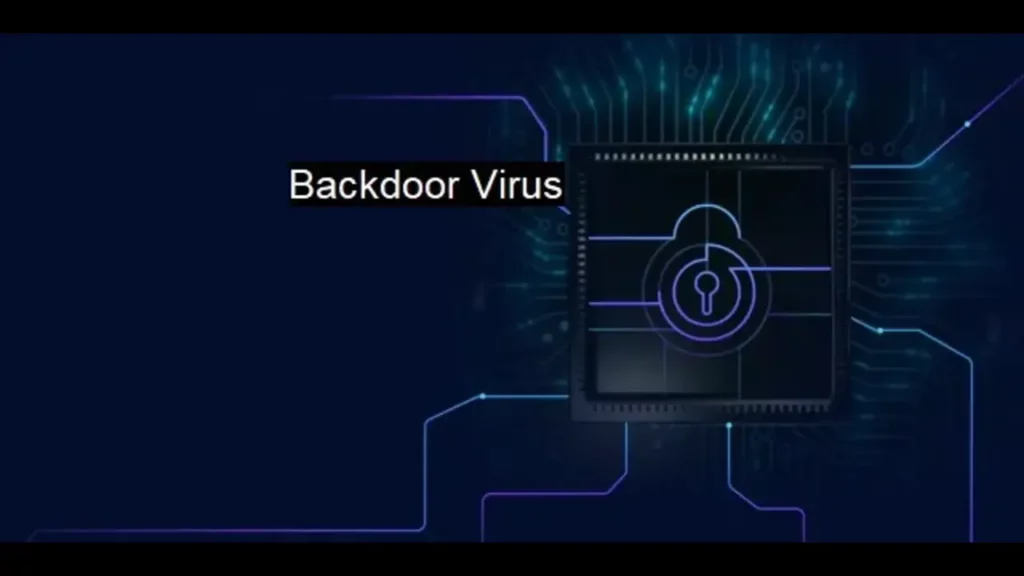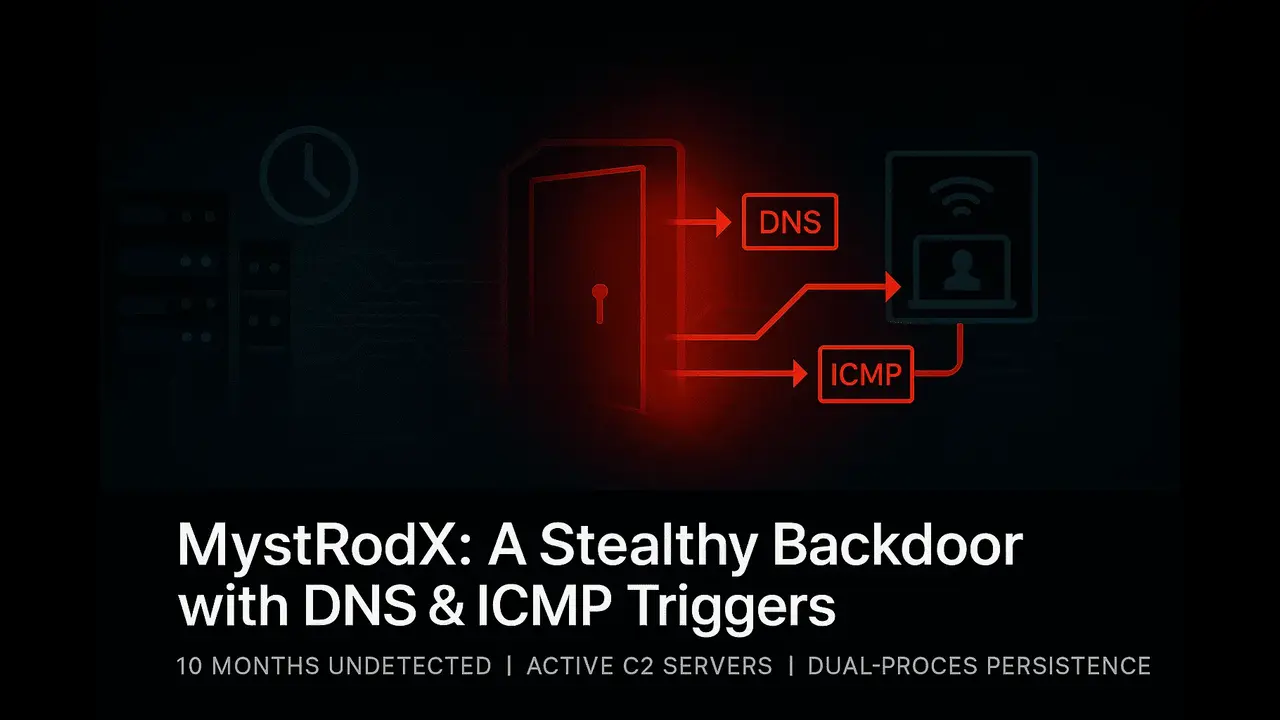Cybersecurity analysts have identified a stealth-focused backdoor named MystRodX, a flexible C++-based malware that blends passive evasion with dynamic capabilities. What sets MystRodX apart is how it quietly lurks, waiting for signals hidden in DNS queries or ICMP packets before taking action.
MystRodX backdoor adapts based on network behavior

MystRodX isn’t just another remote access tool. Researchers at QiAnXin XLab describe it as unusually modular, able to toggle between TCP or HTTP for communication and switch between plaintext or AES-encrypted channels. That flexibility allows attackers to tailor their behavior to the network they infiltrate.
But its real trick lies in stealth. Instead of constantly pinging a command server, MystRodX can sit dormant until it receives a precisely crafted network packet. This “wake-up mode” lets it avoid detection by common traffic monitors.
DNS and ICMP triggers give MystRodX its stealth
Unlike more high-profile backdoors like SYNful Knock, which use clever tricks with TCP headers, MystRodX takes a simpler but no less dangerous approach. It hides activation instructions inside:
- ICMP payloads (from incoming ping-like traffic)
- DNS query domains (camouflaged as routine lookups)
Once it verifies a “magic value,” the malware establishes contact with its command-and-control (C2) server and waits for instructions.
MystRodX deploys in three tightly linked parts
The malware arrives via a dropper that checks for virtual machines or debugging tools before unpacking itself. If it passes, it decrypts and runs three components:
- Daytime: A launcher that ensures persistence
- Chargen: The core MystRodX backdoor
- BusyBox: Utility package often used in malware toolkits
The daytime process is constantly monitored; if it crashes or closes, MystRodX relaunches it automatically.
Passive or active, it adapts to its mission
MystRodX can operate in two modes based on its configuration:
- Passive Mode: Waits silently for network-triggered activation
- Active Mode: Immediately connects to the C2 server to receive commands
This dual-mode design makes it suitable for long-term, targeted intrusions, especially those aiming to evade perimeter security tools.
While MystRodX is still under analysis, early findings suggest it has been active since at least January 2024. Its adaptability and stealth show how modern backdoors are evolving not by getting louder, but by disappearing deeper into the noise.













